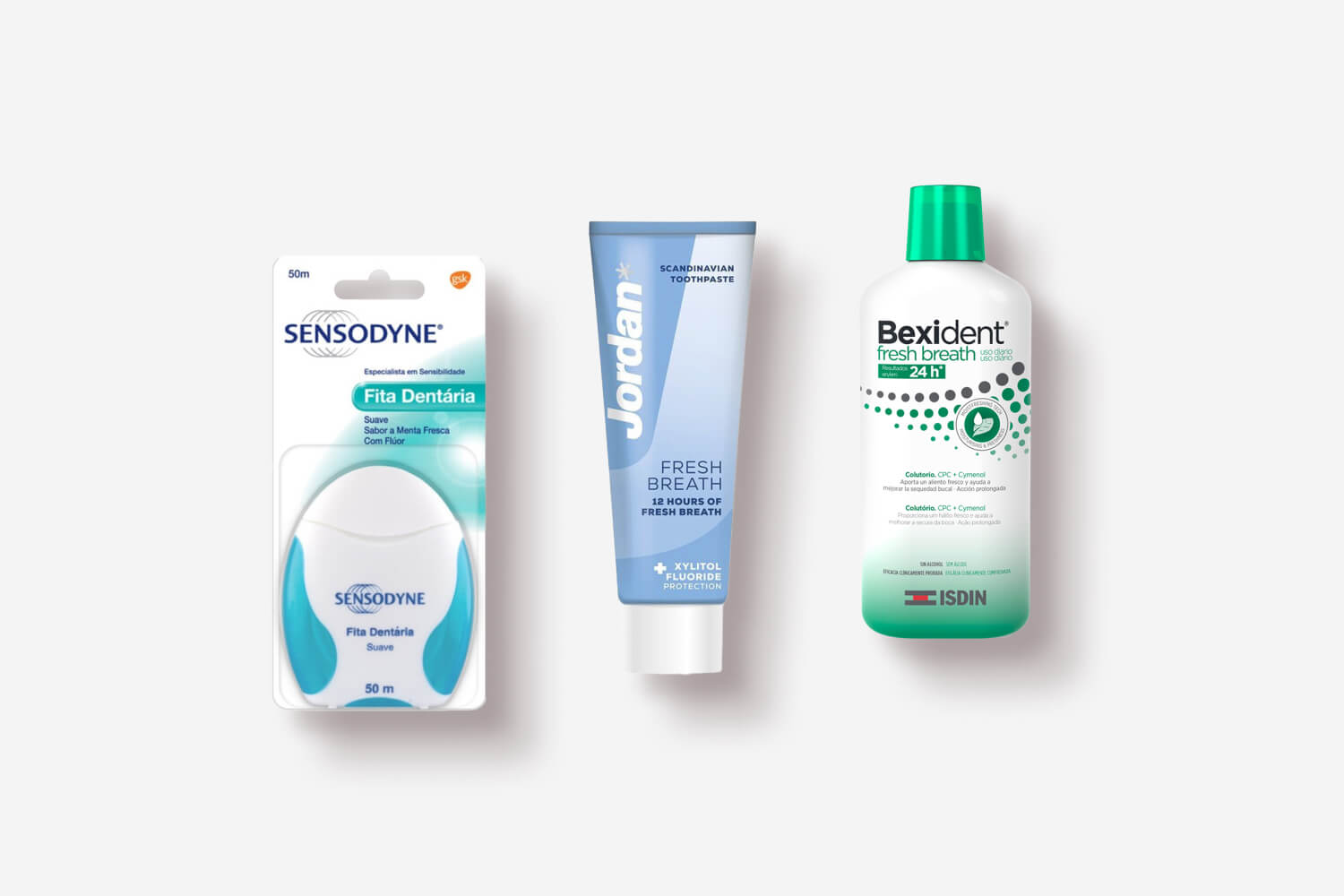
Having bad breath can significantly impact your quality of life. It may make you avoid social situations of feel self-conscious during meetings; in addition, there may be an underlying health issue, so it’s important to understand why you’re experiencing halitosis (aka bad breath). To help you overcome the issue, we answer the main questions that may lead you to a solution. Keep reading to get rid of bad breath!
What is halitosis?
According to the Australian Dental Journal, halitosis—or bad breath—is an unpleasant odor originating from the oral cavity. The publication details that the word “is derived from Latin, where halitus means breathed air and osis means pathologic alteration”. This reminds us of the pathological nature of this condition: it can have a great impact on the quality of life of the sufferer, and it’s key to understanding the root cause as well as treatment plans to minimize the issue.
What is the most common cause of bad breath?
The same review of the literature reveals what science knows today about the risk factors and sources of bad breath. This is extremely important to understand what you can do on your end regarding daily cleansing habits and lifestyle.
Intra-oral sources are the culprit for 90% of halitosis cases, with the humid conditions of the oral cavity along with the comfortable temperature making the dream environment for bacteria. The tongue coating is a great host, with a textured dorsum that welcomes all the bacteria that may plan to stay. Dry mouth is also associated with halitosis; in fact, dryness in the oral cavity is the explanation for morning breath. In addition, periodontal disease has been strongly linked with bad breath, as well as “exposed tooth pulps, non-vital teeth, healing wounds and fixed orthodontic appliances”. Even though it only makes for 10% of the cases, extra-oral sources like liver disease and respiratory infections may be the root cause of bad breath.
We should also consider lifestyle when looking for the root cause of halitosis. Smoking, alcohol consumption, and specific foods may be causing bad breath; if that’s the case, the solution would be to eliminate the habit.
How can I prevent halitosis?
If you consider the causes of bad breath we’ve just seen, then preventing halitosis becomes easier. The first thing to do is to create a daily hygiene routine that works for you. Then, consider the lifestyle options that may be setting you back. We know that, for some, moderating the consumption of alcohol or quitting smoking are extremely hard challenges, so we’d recommend you consult with a health care professional to achieve your goals. If you need help to create a dental hygiene routine that’s suited for your needs, you may consult with a dentist, too. If you’re open to exploring options on your own, you may find the following section helpful.
Oral hygiene routine and products to get rid of bad breath
What would be a model oral hygiene routine after all? We’re covering each step of a complete daily oral hygiene routine so you can diagnose what’s been missing in your everyday routine. You may achieve a big health transformation by implementing small changes.
1. Floss every day
Flossing is an art worth mastering. As we further discuss on a post dedicated exclusively to the subject, flossing helps remove dental plaque between the teeth, where your toothbrush would have a hard time cleaning properly. It contributes to your gum health—and we’ve just seen that gum disease may cause bad breath. Make sure to floss once a day, every day, before brushing to remove any residues that would otherwise transform into food for the unwanted bacteria that is causing bad breath. Any dental floss does the job, so make sure to explore all the options available and include this essential step in your daily oral hygiene routine.
2. Brush your teeth (at least) twice a day
We believe that by now, we won’t need to convince anyone of how important it is to brush your teeth regularly. You know the feeling: after brushing, the mouth feels fresh, clean, just as we like. Morning and evening toothbrushing are non-negotiables; if you want to go a step further, then you may consider brushing after lunch, for example, or after a snack high in sugar. Make sure to take your time in the process, making sure that all the teeth are properly cared for. Electric toothbrushes have consistently been found to be superior to manual toothbrushes, so you may consider this in your next replacement purchases.
3. Clean your tongue
The tongue makes a great home for all kinds of bacteria, and there’s one effective way to make them leave property: clean your tongue. You may find that your regular toothbrush is enough, or you may need special help for the project. If you’d like, there’s an object specifically designed to fulfill this purpose: the tongue scraper. It is easy, quick, and instictive to use, and won’t extend your daily hygiene routine any longer. You only need a few extra seconds!
4. Use a mouthwash to get rid of bad breath
The mouthwash makes for an immediate sensation of freshness that comes like a gift for all of those struggling with halitosis. All you have to do is find your favorite alcohol-free mouthwash. If it guarantees fresh breath, it’s a plus! Some formulas, such as the one we’re featuring, do more than just deliver a fresh breath. This one even contributes to reducing mouth dryness, which in turn helps to get rid of bad breath. Mouthwash is a game-changer for halitosis, and you should harness its potential to improve your daily oral hygiene routine.
5. Replace your toothbrush regularly
Whether you use a manual or electric toothbrush, replacing your toothbrush (or toothbrush heads) is key to keeping bad breath away. The bristles suffer enormous wear and tear with daily use, and the deterioration compromises the cleansing power of your toothbrush. We need it to be in its better shape to make sure your dental cleansing is thorough. Note that it doesn’t mean that you need a hard type of bristle, just new bristles every three months, even if it is the soft type.
6. Care for dentures, retainers, and braces
Keeping oral devices clean is essential to get rid of bad breath. These appliances may pose some difficulty to the regular brushing process, and you may need the assistance of specific products, such as cleansing tablets or even precision or interdental brushes. If you have any sort of orthodontic or prosthetic appliances, make sure to find effective ways to keep them clean not only to keep fresh breath but also a healthy mouth.
7. Visit your dental specialist regularly
Last but not least, schedule appointments with your dental care professional regularly to ensure your oral health is on track. More than anyone, the professional will be able to advise you on your specific needs and suggest any dental procedure required to solve your issues.
Eager to learn more about oral hygiene? we can help you by telling you all about flossing.
Professional Makeup Artist & Beauty Writer
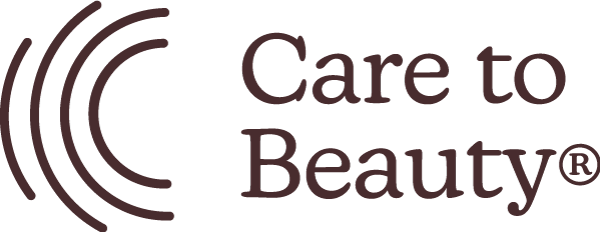
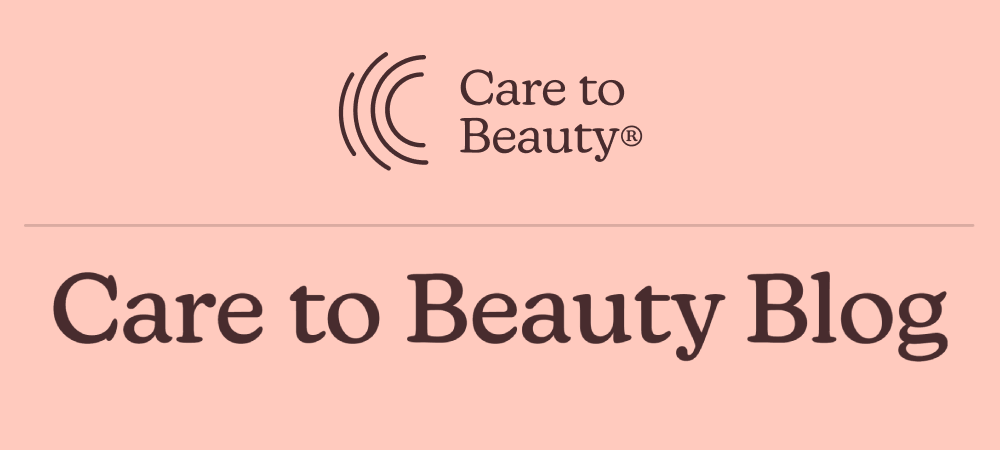
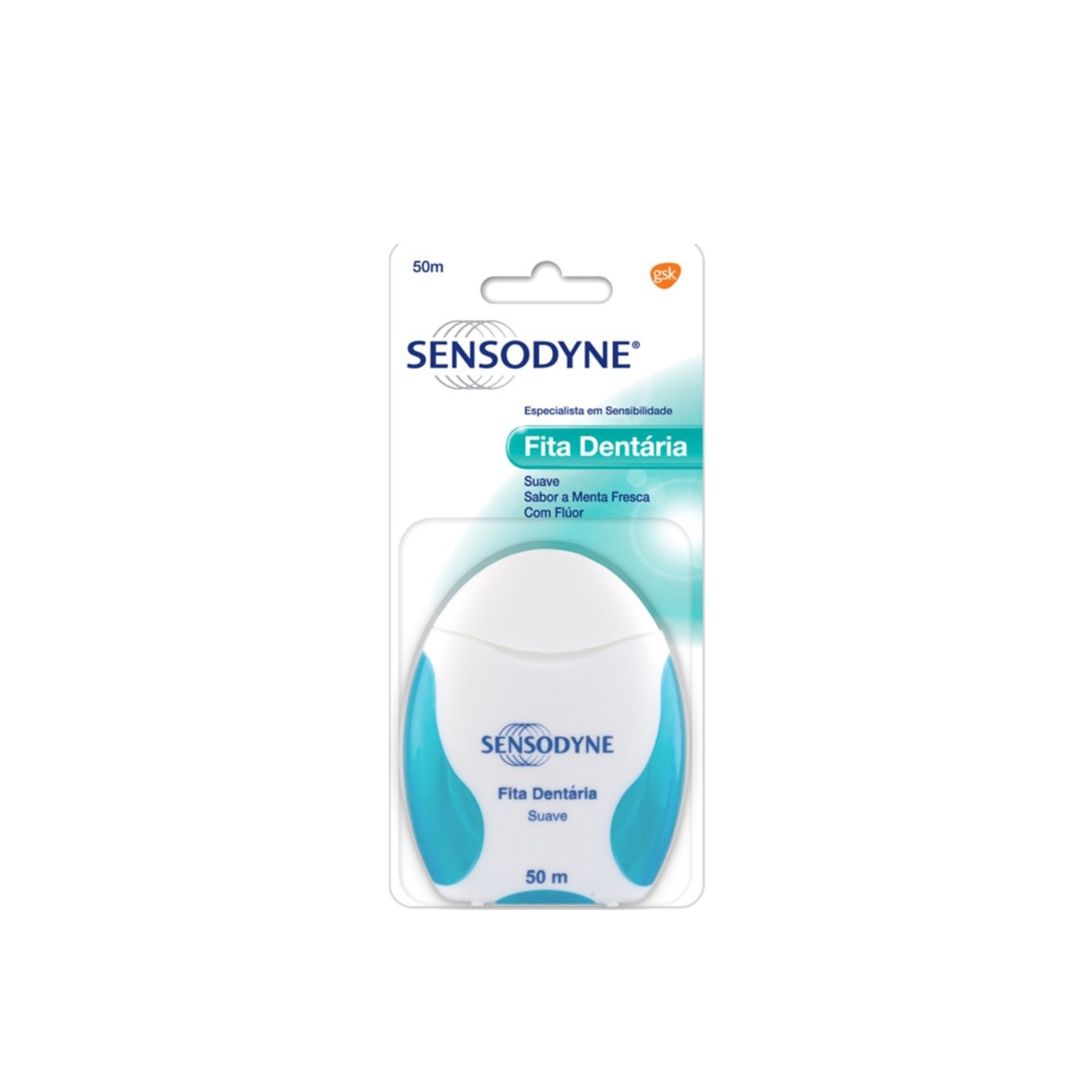 Sensodyne Smooth Dental Floss Fresh Mint
Sensodyne Smooth Dental Floss Fresh Mint
 Jordan Fresh Breath Toothpaste
Jordan Fresh Breath Toothpaste
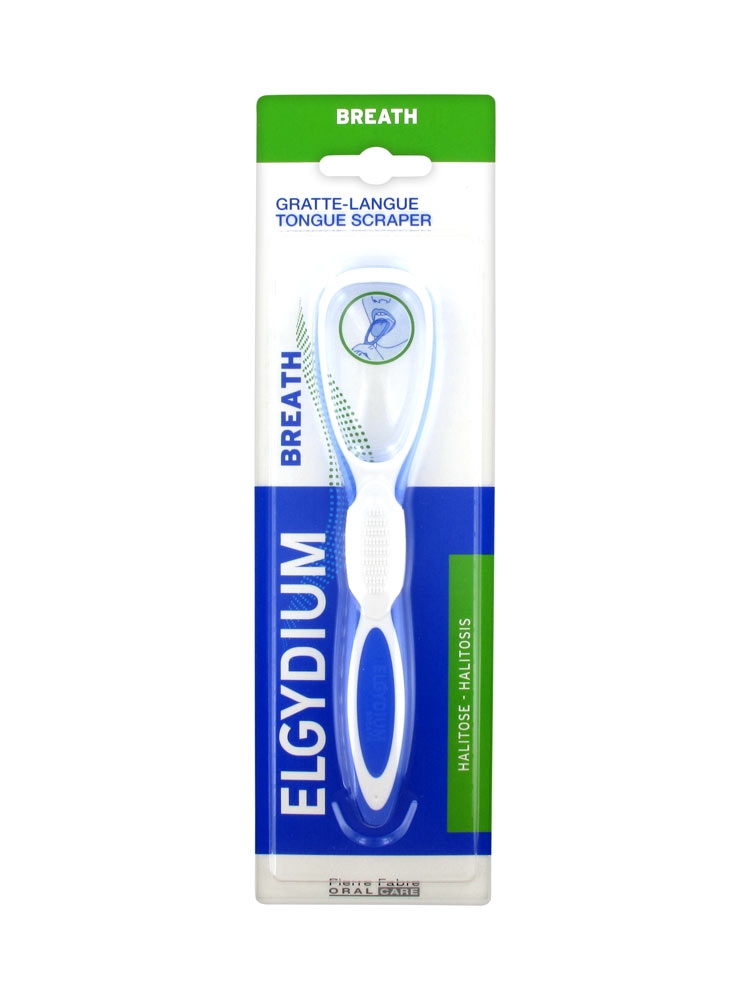 Elgydium Tongue Scraper for Halitosis
Elgydium Tongue Scraper for Halitosis
 ISDIN Bexident Fresh Breath Mouthwash
ISDIN Bexident Fresh Breath Mouthwash
 Oral-B Pro Sensitive Clean Replacement Head Electric Toothbrush
Oral-B Pro Sensitive Clean Replacement Head Electric Toothbrush
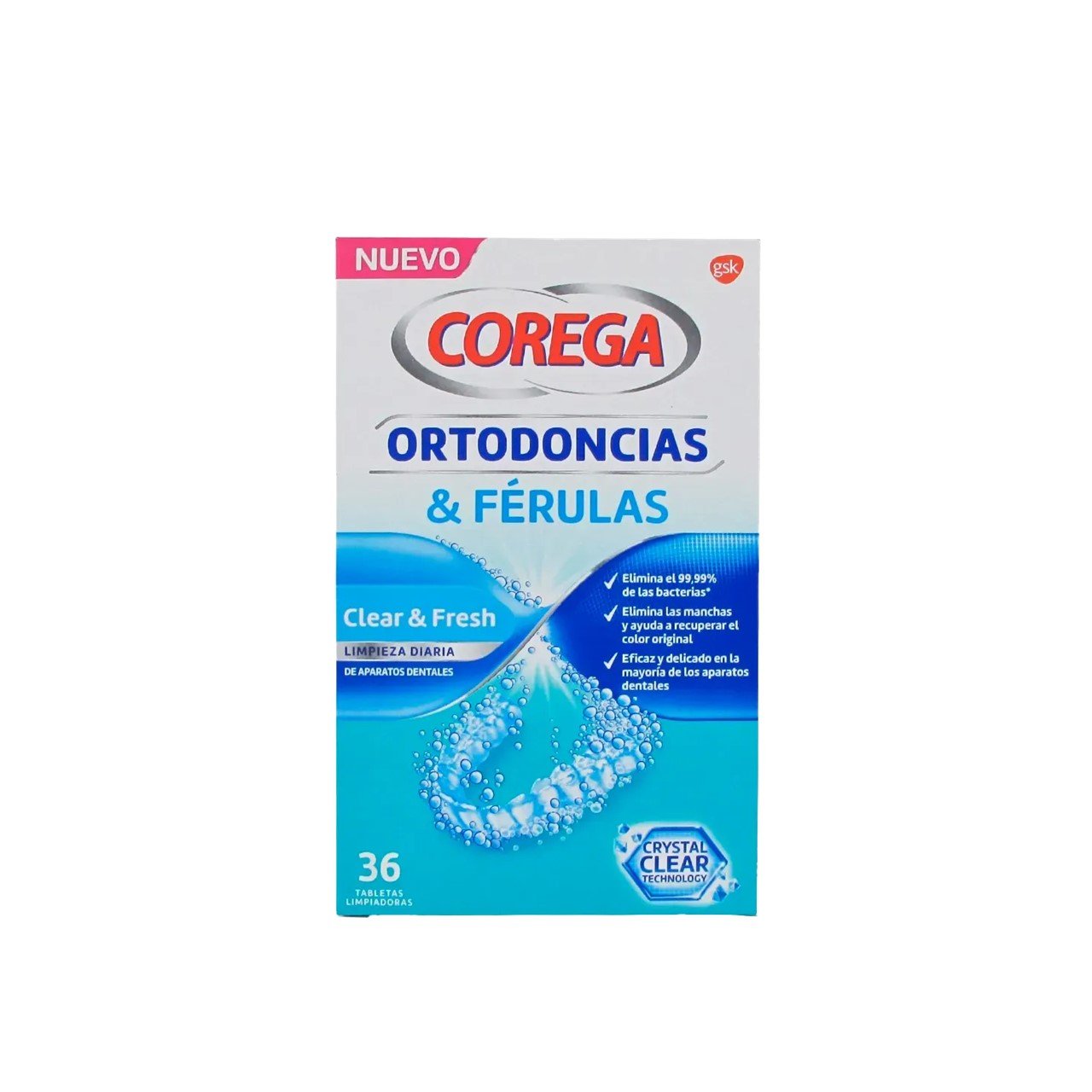 Corega Clear & Fresh Orthodontics & Splints Cleaning Tablets
Corega Clear & Fresh Orthodontics & Splints Cleaning Tablets
